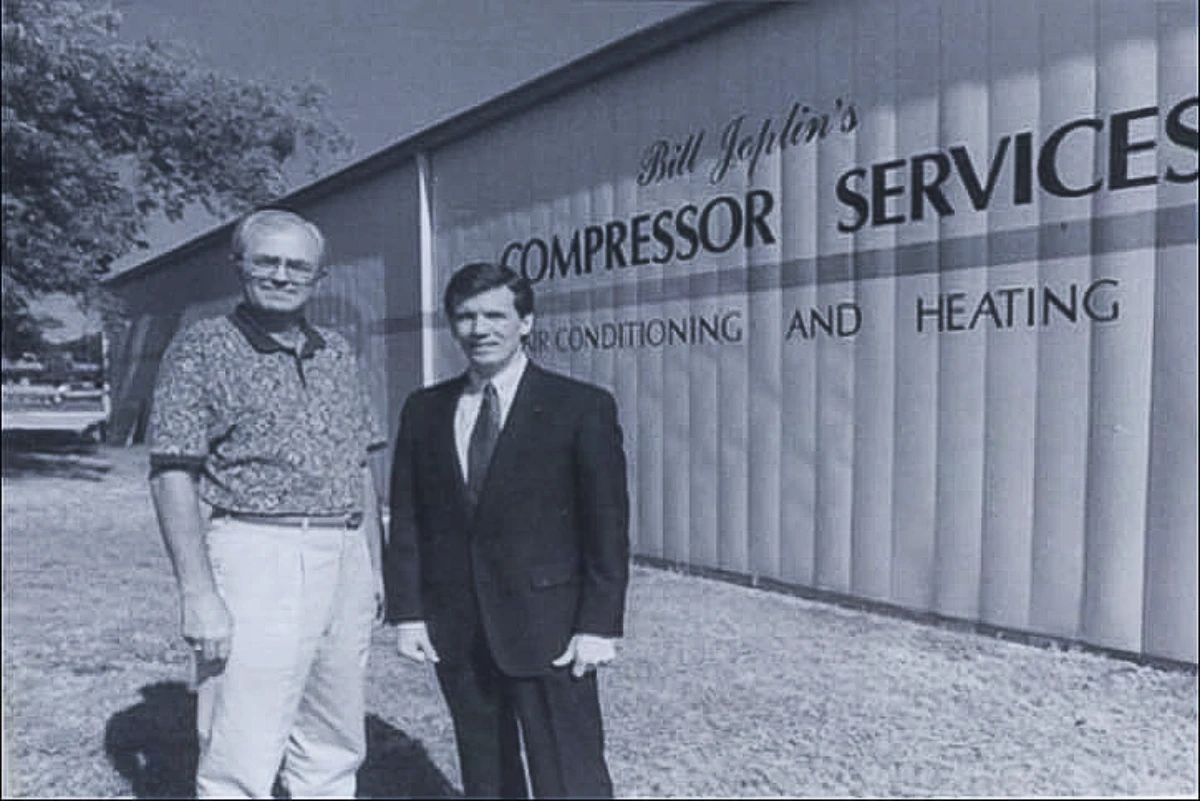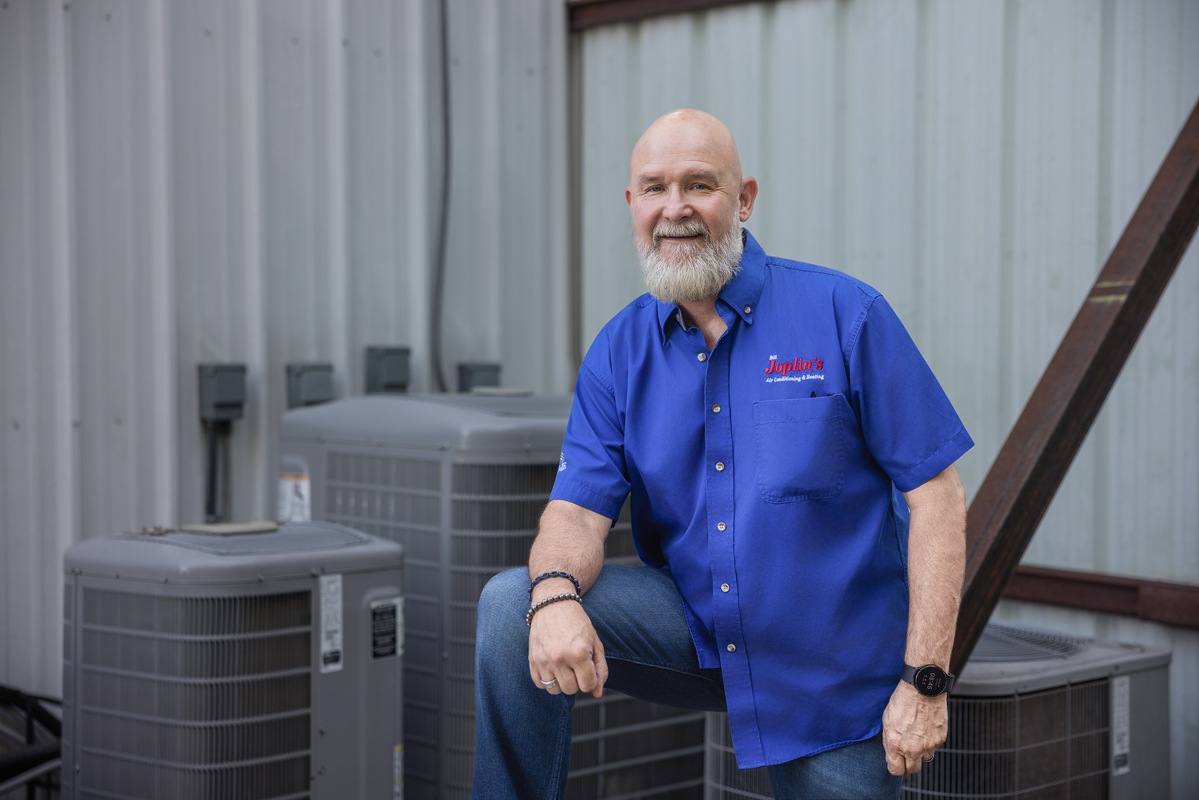The McKinney and Frisco areas may be hot, but they’re definitely not dry. It’s for just this reason that many homes around here end up with high humidity problems. Year-round window condensation is a sign your home may be one of them. Paying attention to this sign can help you solve indoor air quality issues before they harm you or your home.
What Window Condensation Means for Your Home
Condensation on windows takes the form of a light layer of moisture that forms on the window glass. To decide whether or not the condensation on your windows is a problem, take note of when and how often it occurs.
Newly built or recently remodeled homes often contain relatively fresh wood, paint and other materials that are full of moisture. When you turn the heat on in winter, these materials release that moisture into the air, temporarily raising your home’s humidity level. When the moisture in your warm indoor air hits cold windows, condensation forms. This problem won’t reoccur after the first heating season.
Summer humidity can also cause wintertime window condensation. Over the summer, humidity finds its way into your house and is absorbed in the building materials. When you turn on the heating system, the moisture is released again and can accumulate on your windows. You’ll notice this for the first few weeks after you start up the furnace, then the problem will disappear. A sudden cold snap can also cause window condensation for a few days, particularly when you’re running the furnace. Temporary condensation like this doesn’t pose a threat to your home and doesn’t indicate an air quality problem.
In the winter, single-pane windows are more susceptible to developing condensation than are double-pane windows. Upgrading to double-pane windows, installing exterior storm windows or hanging insulating curtains should take care of this problem.
If, however, you find condensation covering all or most of your windows throughout much of the year, you’ll need to find and resolve the root cause of the moisture buildup. Lingering moisture like this can drip down onto the window frames and encourage mold growth and rot. It also suggests excessively high indoor humidity or lack of ventilation, both of which can cause numerous problems.
How to Solve Condensation Problems
If your home’s humidity levels are too high, you may see mold on the ceilings in the corners of your room, find bubbles in your wallpaper, and feel sticky in summer and clammy in winter. To keep the moisture in your home’s air down, repair any leaky faucets or pipes, use exhaust fans after showering and cooking, and seal air leaks around your doors and windows.
For more serious humidity problems, a whole-house dehumidifier may be necessary. This equipment is installed in your heating and cooling system and removes excess moisture from the air passing through.
Poor ventilation can also cause humidity to build up in your home. Without proper ventilation in the attic, moisture can accumulate here and seep into the rest of the house. To prevent this, the attic should be ventilated with either both ridge and soffit vents or another system that allows for continuous airflow.
If your home has only kitchen and bathroom exhaust fans for ventilation, consider investing in a whole-house balanced ventilation system. These systems use both exhaust vents and supply vents connected by ductwork to remove stale, humid air and supply fresh air in equal quantities.
A heat recovery ventilation (HRV) system transfers heat between the outgoing and incoming air streams. This minimizes energy waste, helps maintain your indoor temperatures and controls the demand on the furnace and air conditioner.
An energy recovery ventilation (ERV) system transfers moisture as well as heat, limiting the amount of humidity it brings into your home. A heating and cooling technician can help you find the ventilation system that will best meet your needs.
For more information on controlling window condensation, check out Bill Joplin’s Air Conditioning & Heating’s solutions for common ventilation and humidity problems or call us at 888-414-4655.



